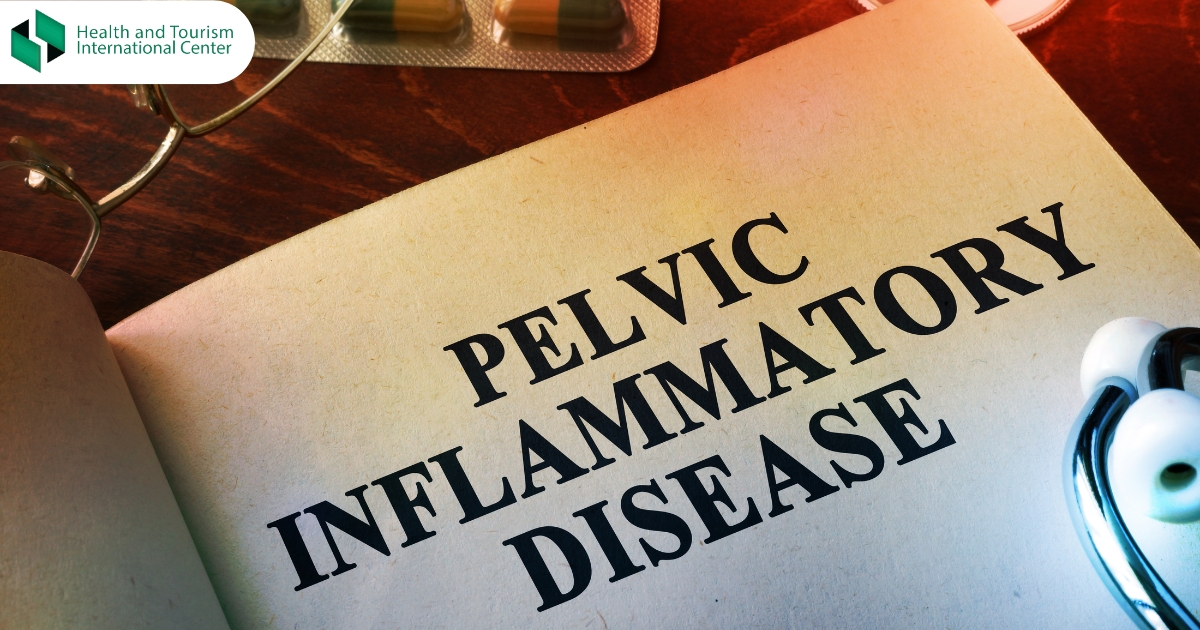Methods of diagnosis and treatment.
Pelvic inflammatory disease is an infection of the female reproductive organ. The most common causes of infection are gonorrhea and chlamydia.
Some women do not complain of symptoms and, as a rule, in a large percentage of clinical cases, women learn about the disease only when they are faced with pregnancy or suffer from chronic pelvic pain.
There is no one specific method of diagnosis, various diagnostic studies are provided.
When diagnosing, the doctor will study:
- The patient's medical history;
- Symptoms;
- Will check the pelvis;
He will prescribe blood and urine analysis, as well as an ultrasound study.
When the diagnosis is still unclear despite these methods, other additional tests are prescribed:
- Laparoscopy;
- Endometrial biopsy.
The main goal of the course of treatment is to eliminate the infection causing pelvic inflammatory disease. However, there is no way to reverse any damage or scarring caused to the reproductive tract by pelvic inflammatory disease.
Antibiotics are used in the treatment. Intimacy is prohibited until the treatment is effective and the symptoms are resolved. The sexual partner should also be treated.
If the patient is pregnant, seriously ill, has an abscess, or the condition does not improve with medication, hospitalization is necessary. Intravenous antibiotics are prescribed to pregnant patients.
Surgical intervention is rarely necessary.
Source:

